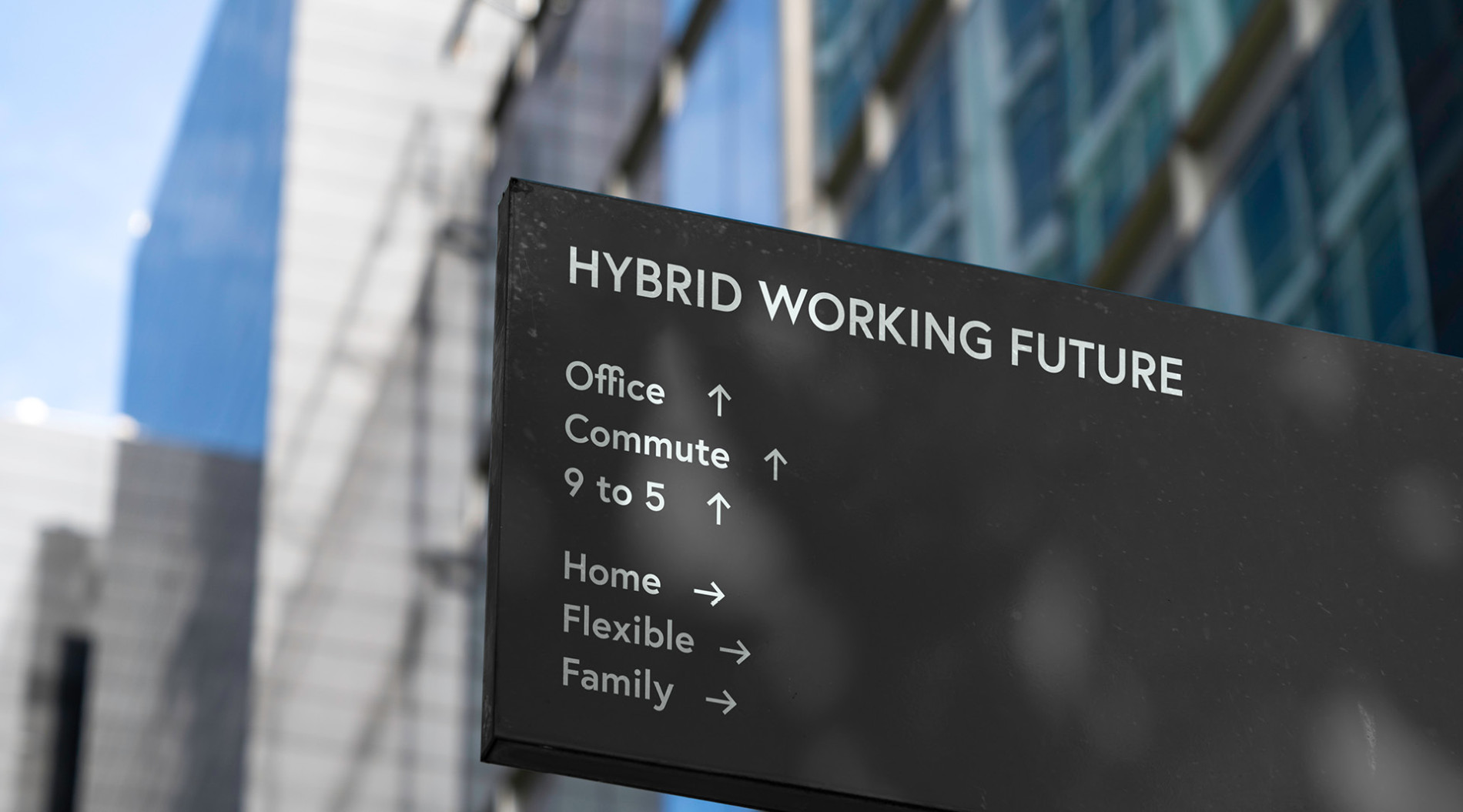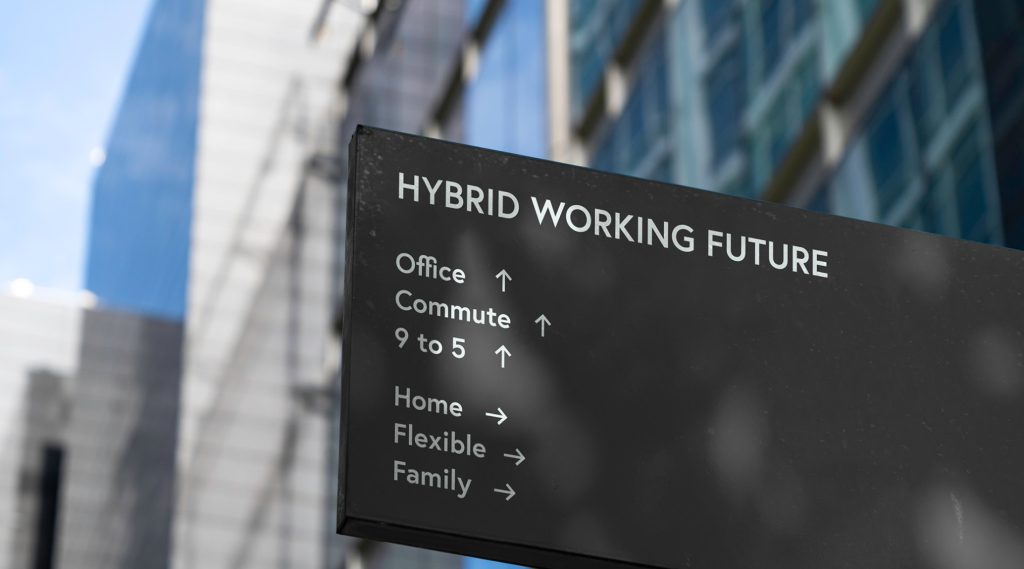Balancing Digital Skills and Soft Skills in Your Employee Learning Path
Organisations increasingly recognise the value of developing soft skills in their employees. As AI and other technologies begin to replace some of the more manual, autonomous labours previously carried out by humans, the demand for skills that require a human touch are growing.
Within this changing dynamic, there is a growing demand for soft skills not only for their intrinsic value, but also because they give employees a basis for learning and gaining command of new responsibilities. While there may not be unanimous agreement about the way we define soft skills or their parameters, there is consensus that employees must demonstrate some combination of these skills to be assets in today’s workplace and to be equipped for continued productivity throughout their careers.
This is also true with digital skills. Having basic computer literacy is crucial in nearly every job role today. The question then for employers is how to balance both soft and digital skills when developing your employees’ learning paths, to prepare them for the technological changes that are yet to come.
What are digital skills?
Having strong digital skills are as important as having soft skills in modern day employment. So how exactly can we define them? They differentiate from hard computer skills – such as programming, and computer engineering. Being digitally literate refers to possessing a range of skills that relate to operating a computer, and that are highly transferable. Here are some examples of digital skills:
- Using a range of devices such as laptops, smart phones, tablets, and being able to personalise them to meet your specific work needs.
- Using software such as excel and PowerPoint to manipulate information and present it to colleagues.
- Research skills – can you find the information you need from the internet. Digital fluency in in distinguishing between high-quality and low-quality results.
- Understanding how information can be used ethically, such as knowledge of data rights (images, text).
- Understanding how to communicate the problem when you encounter a computer error, and which channels to follow.
- Digital collaboration – can you effectively communicate with a team using the software used in yourcompany?
These competencies sit alongside soft skills as fundamentals for the 21st century employee, that will allow them to adapt to the technological changes that are inevitable and prove their value to organisations.
How do you develop these skills?
Using a Learning Management System (LMS) is a great way to implement a seamless learning path for employees that can blend bot soft and digital skills. Not only is good for upskilling your current staff in the skills they’ll need to prepare for this technological age, but also offers an opportunity to smoothly onboard new employees.
Most new LMS feature applications that allow you to develop soft skills from wherever you are. Simulations for on-the-job working scenarios allow you to put your employees in realistic situations that require critical thinking, without putting customers or resources at risk.
Creativity can also be nurtured in in LMS, with features such interactive whiteboards, where new ideas can be shared and developed. Communication is essential in every industry, and some LMS can refine these skills through social learning. This could involve news feeds, user-generated content, Q&As, chats, ratings, and reviews.
ELearning platforms are also providing a solution to training employees in both soft skills and digital literacy. Google Digital Garage for example has a whole suite of soft skills training courses, in their career development section. Short courses can be found on other platforms as to nurture the digital skills mentioned above, and within your LMS you can direct your employees to the digital skills your organisation value the most. Even the process of using eLearning platforms and LMS is in effect, developing digital skills.
For employees, job seekers, and those who are yet to enter the world of work, it’s more important than ever to equip yourself with both digital literacy and soft skills. Being open to change will ensure employers don’t write you off as immovable and stuck in your ways. Learn as much as you can about the ways that technologies such as Artificial Intelligence stand to impact our lives. Show that your value is still both relevant, and entirely irreplaceable.
For employers, developing an effective learning path for employees means educating yourself about how to guide your workers through any such advances. Offer them the means by which to learn new soft and digital skills, so they’re better prepared for a digital era. Investigate new ways of working that afford your people greater flexibility – so they’re poised to recognise the positive aspects of technology, rather than living in fear of the negative.











